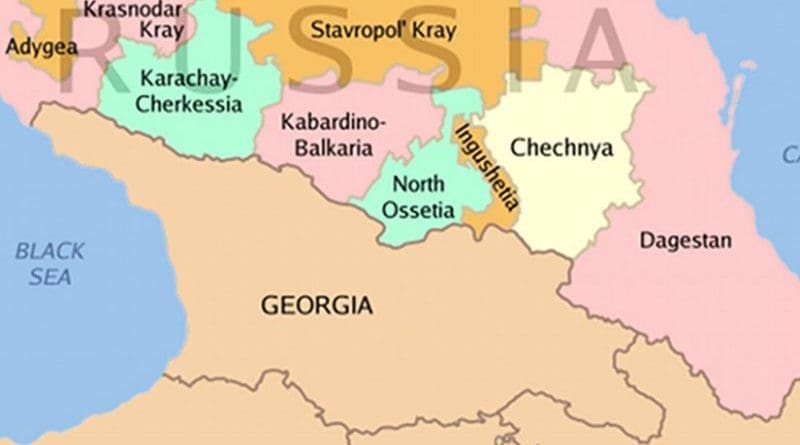A ‘Small Color Revolution’ Breaks Out Inside Russia Among Circassians – OpEd
By Paul Goble
One of the defining characteristics of the Putin years has been Moscow’s fear that someone somewhere will succeed in launching a color revolution within the borders of the Russian Federation and thus undermine or even overthrow the existing regime. Now, a Nezavisimaya gazeta journalist suggests, such a revolution may have started.
In an article in today’s edition entitled “The Small ‘Tulip Revolution of the Circassians,” Artur Priymak says that Circassian efforts to defend their holy tree and their anger at official treatment of Ruslan Gvashev who has led that effort have attracted attention “at the highest levels” (ng.ru/events/2017-10-18/11_430_revolution.html).
Gvashev points out that Circassians from across the North Caucasus decided to say a prayer in May at a tulip tree in Sochi for their ancestors who fought the Russian advance in tsarist times. But officials weren’t prepared to allow that because the tree is not listed in the kray’s register of holy places. For going ahead anywhere, Gvashev was arrested and charged.
He declared and then ended a hunger strike against his mistreatment, Priymak says; and he attracted broad support from Circassians. When officials refused his appeals, the journalist says, “many citizens of Abkhazia were ready as a mark of protest to give up their Russian passports.”
Abakhaz officials flew to Moscow and Sochi to discuss the situation and to point out the significance of the tulip tree in Circassian life, according to Abkhaz political scientist David Dasania. He added that as a result, the views of Russian officials had changed and that they will consult more broadly with the Circassians.
“Now the Sochi authorities will consult in the first instance with respected Shapsugs [a subgroup of the Circassians] and of course with Ruslan Gvashev,” Dasania says. Others including some in the Adyge Khase organization “will lose status as negotiators” even if they retain their positions in that organization.
According to Dasania, what has taken place with Gvashev is entirely the work of local officials and there has not been any “’order’ from Moscow” in his case. The local bureaucrats understood the actions at the tree not as a prayer which they would have had to respect but as a meeting whose participants could be arrested for failing to get approval in advance.
So far, the Circassians have not succeeded in convincing the local officials that they are wrong, and consequently, on Monday of this week, the court of first instance left Gvashev’s conviction in place even after a kray court reversed its original finding, something that has clearly outraged the Circassians and created a situation no one in Moscow wants.
And while the Russian journalist’s application of the term “tulip revolution” to this series of events may be overblown, it is clearly the case that yet another people has found its voice and a way to use the contradictions within the powers that be to advance its agenda, thus meeting one of the key parts of the definition of a color revolution.
This case and this “revolution” are clearly not over.

